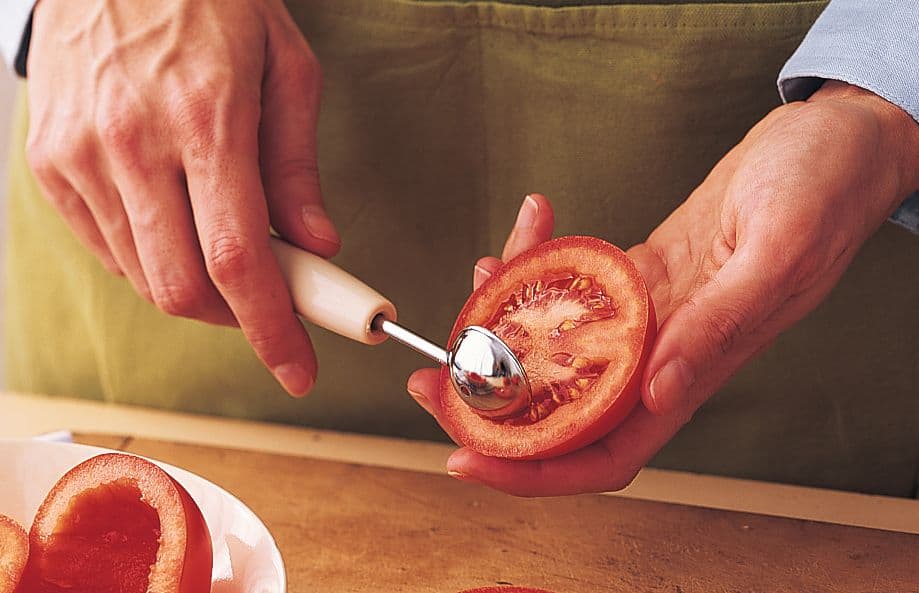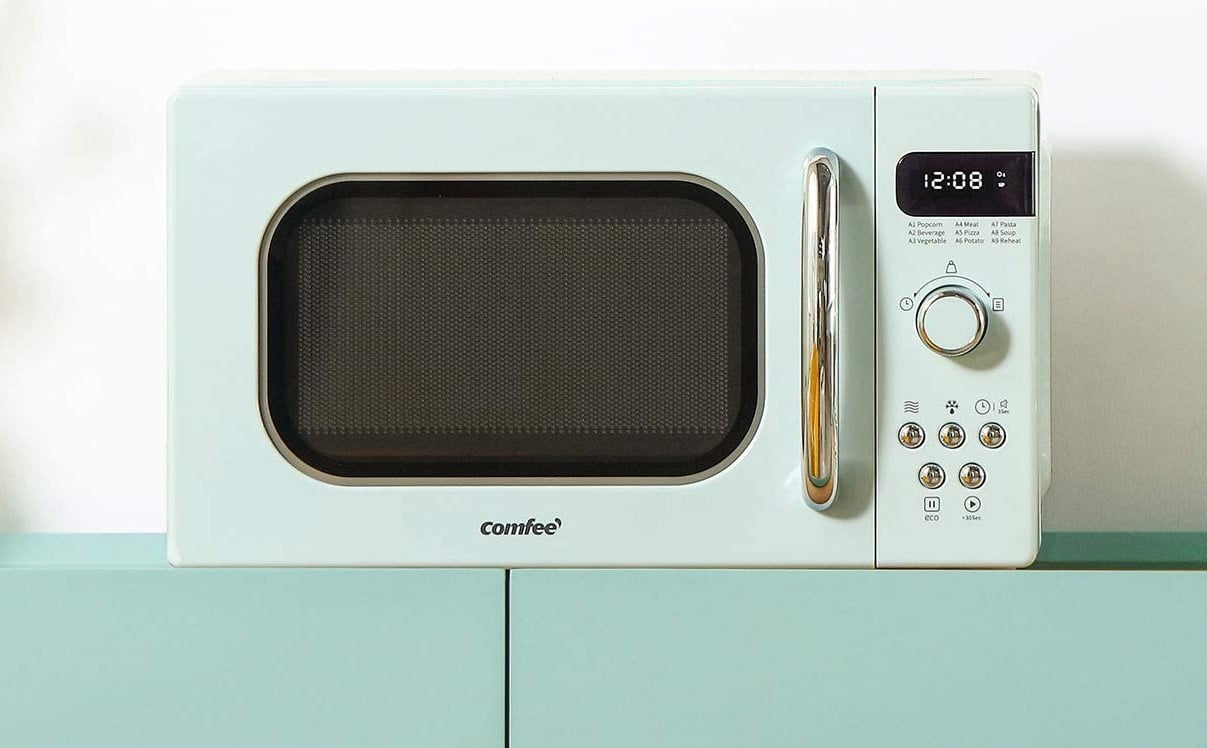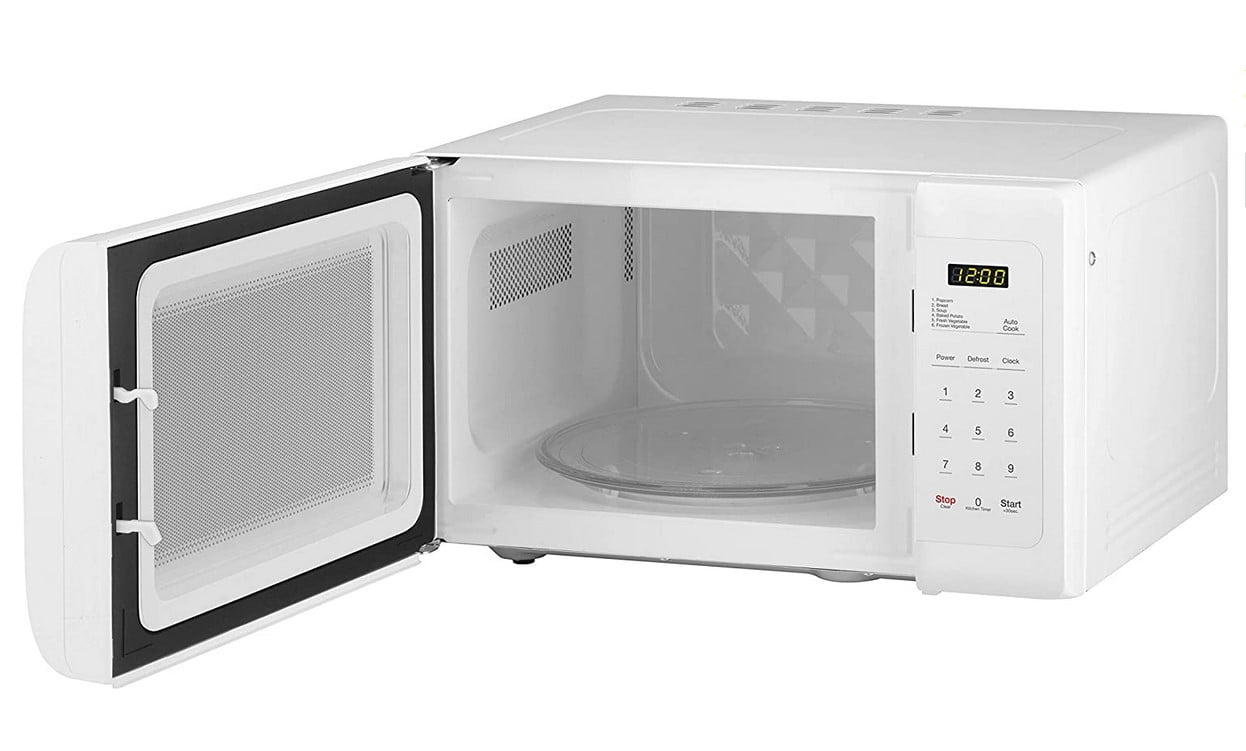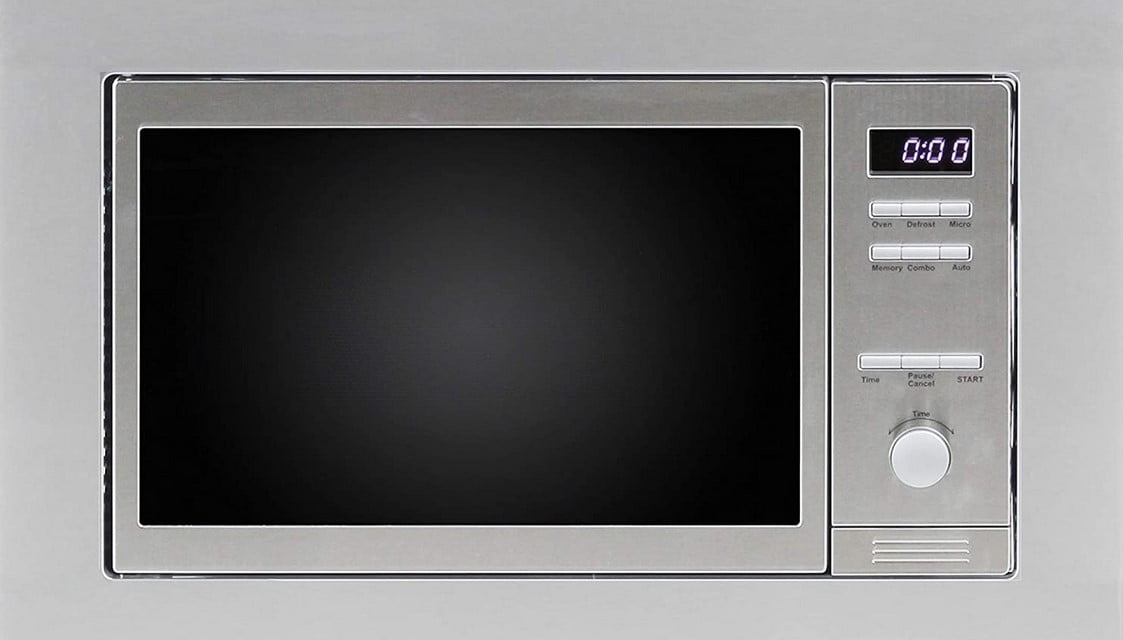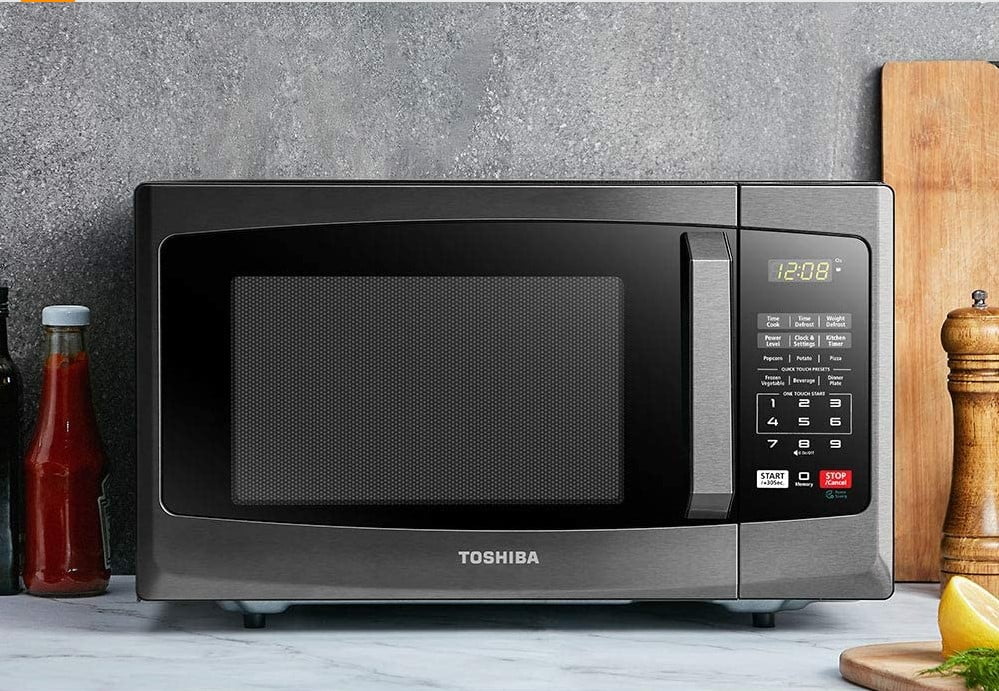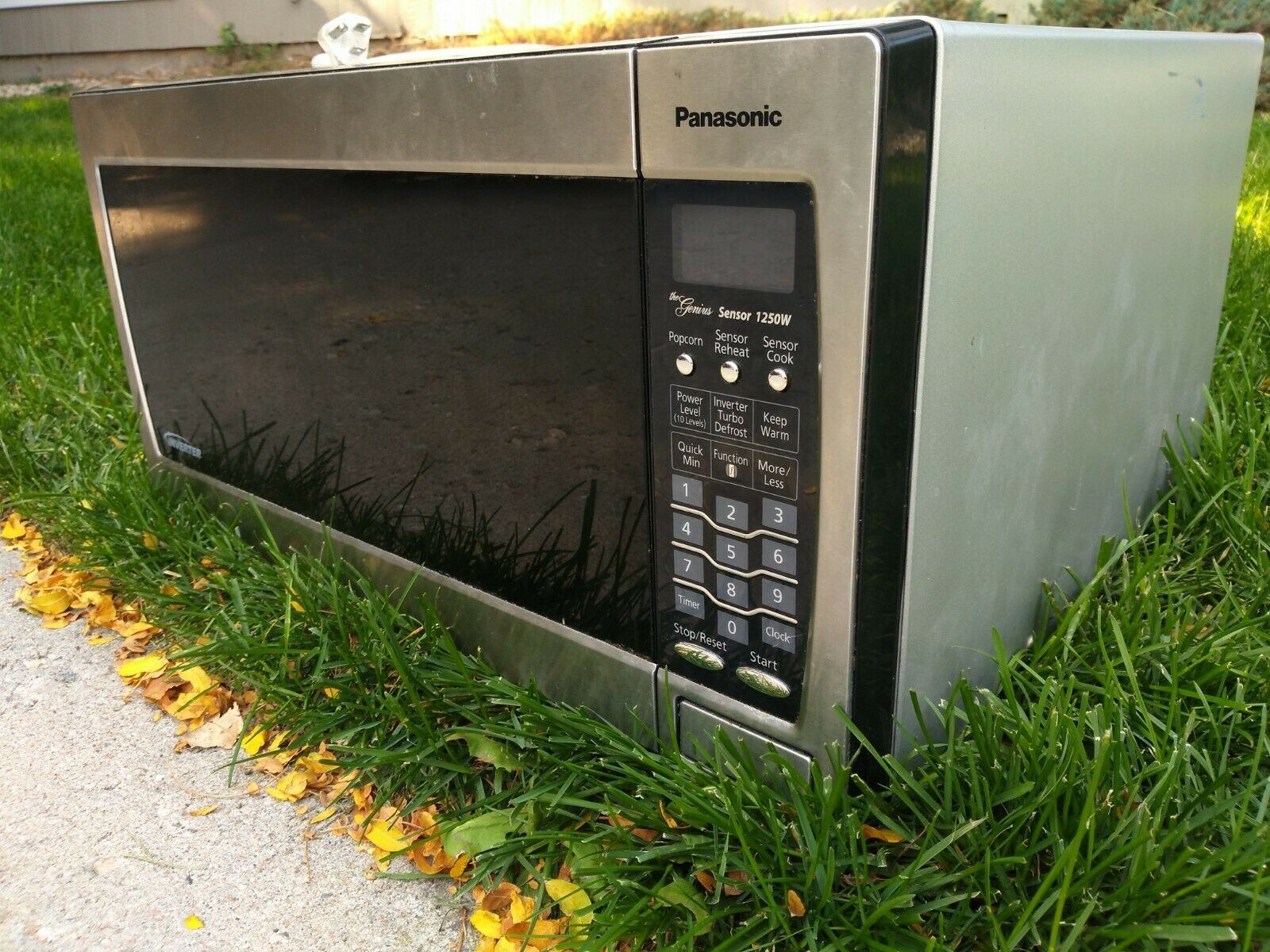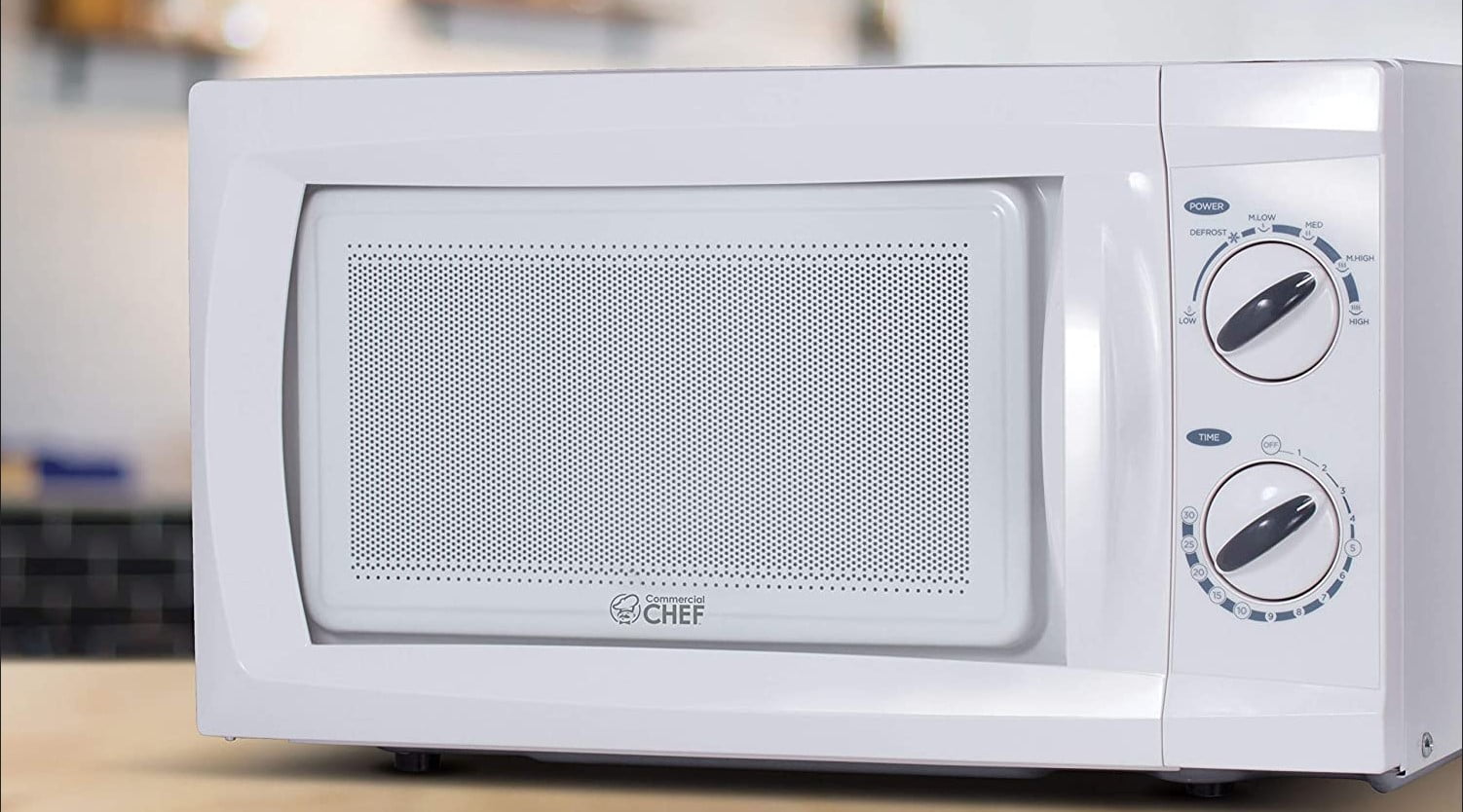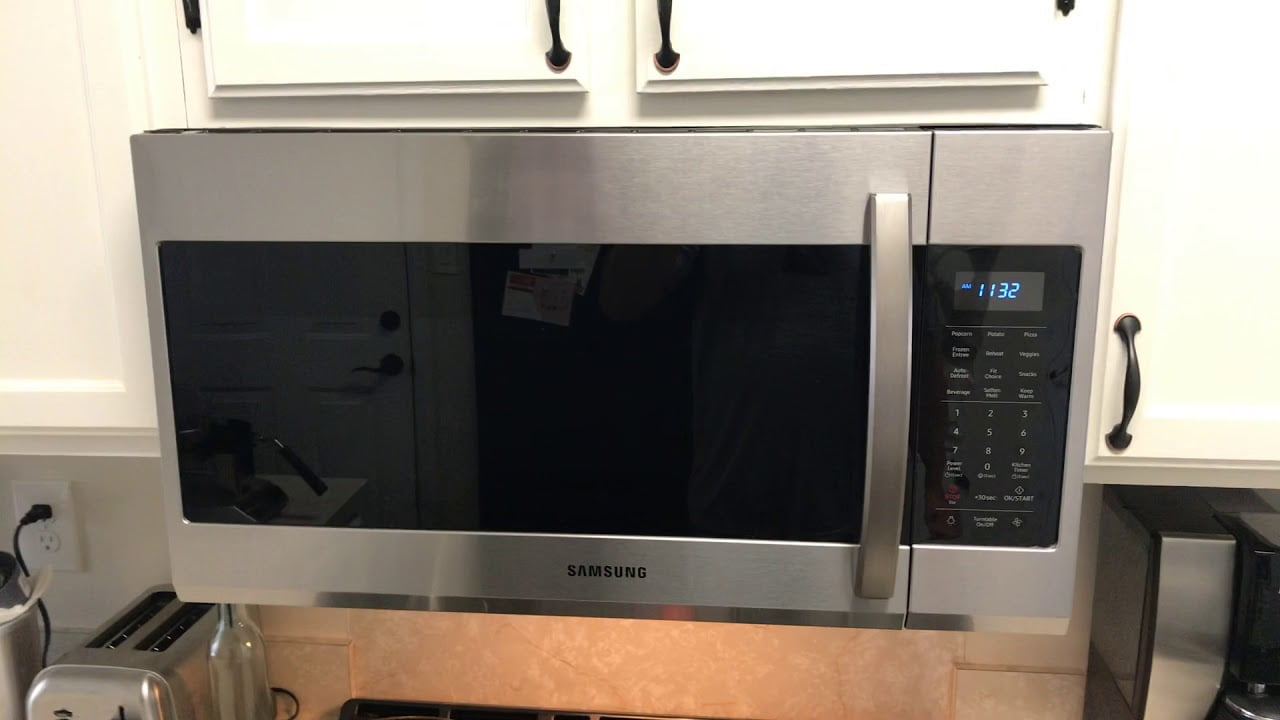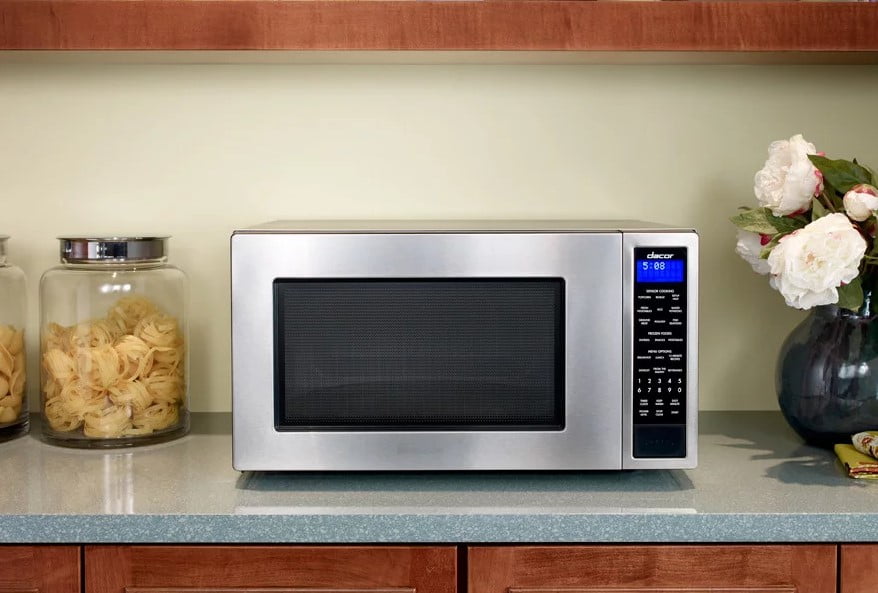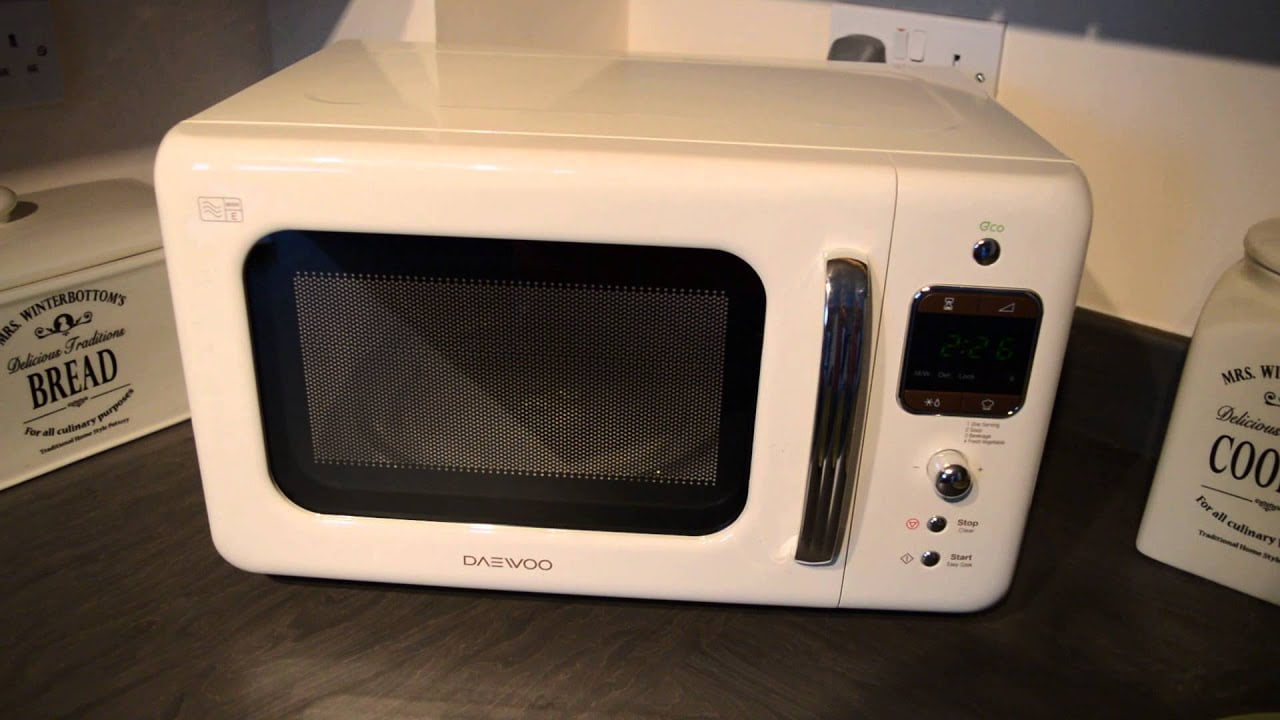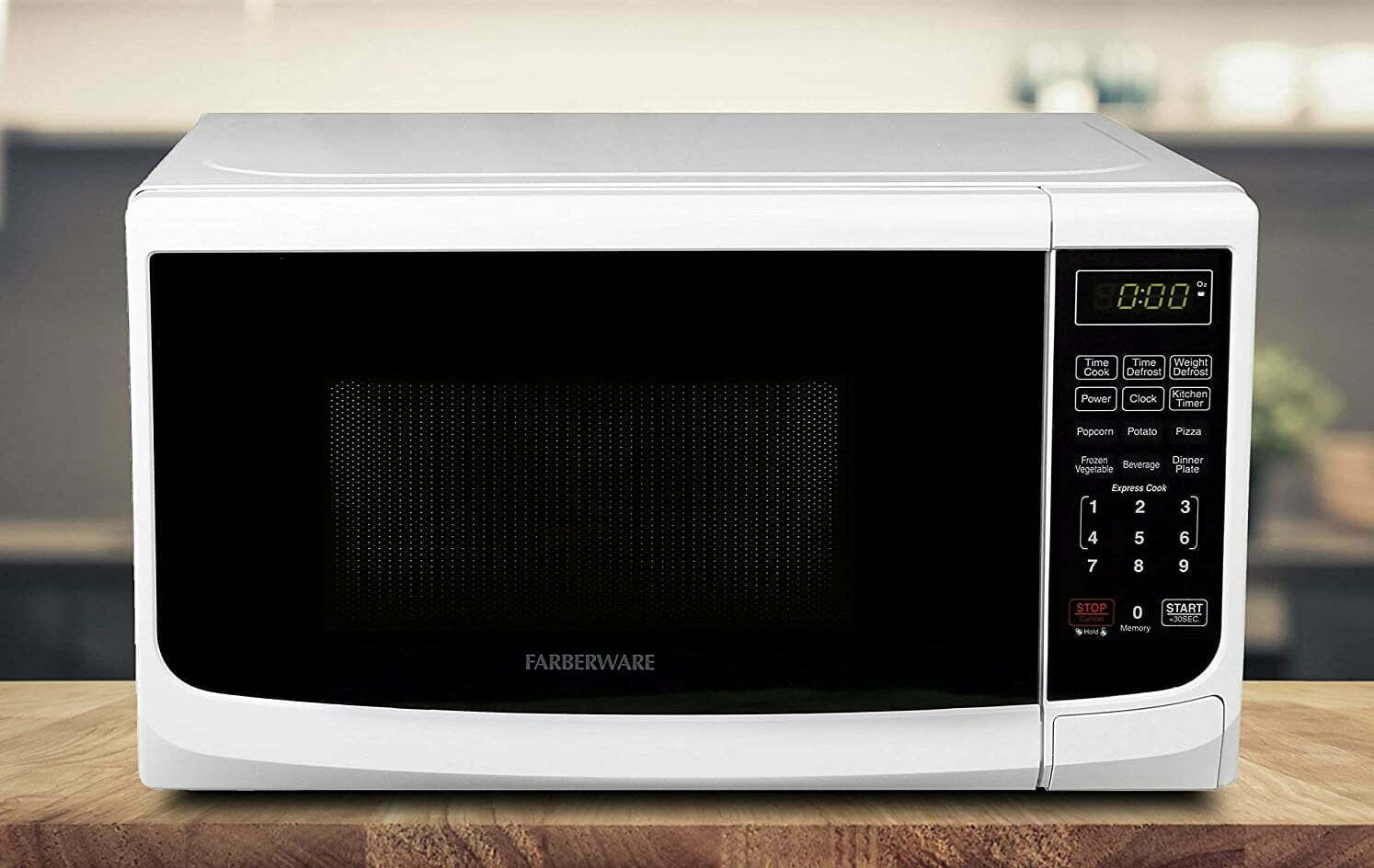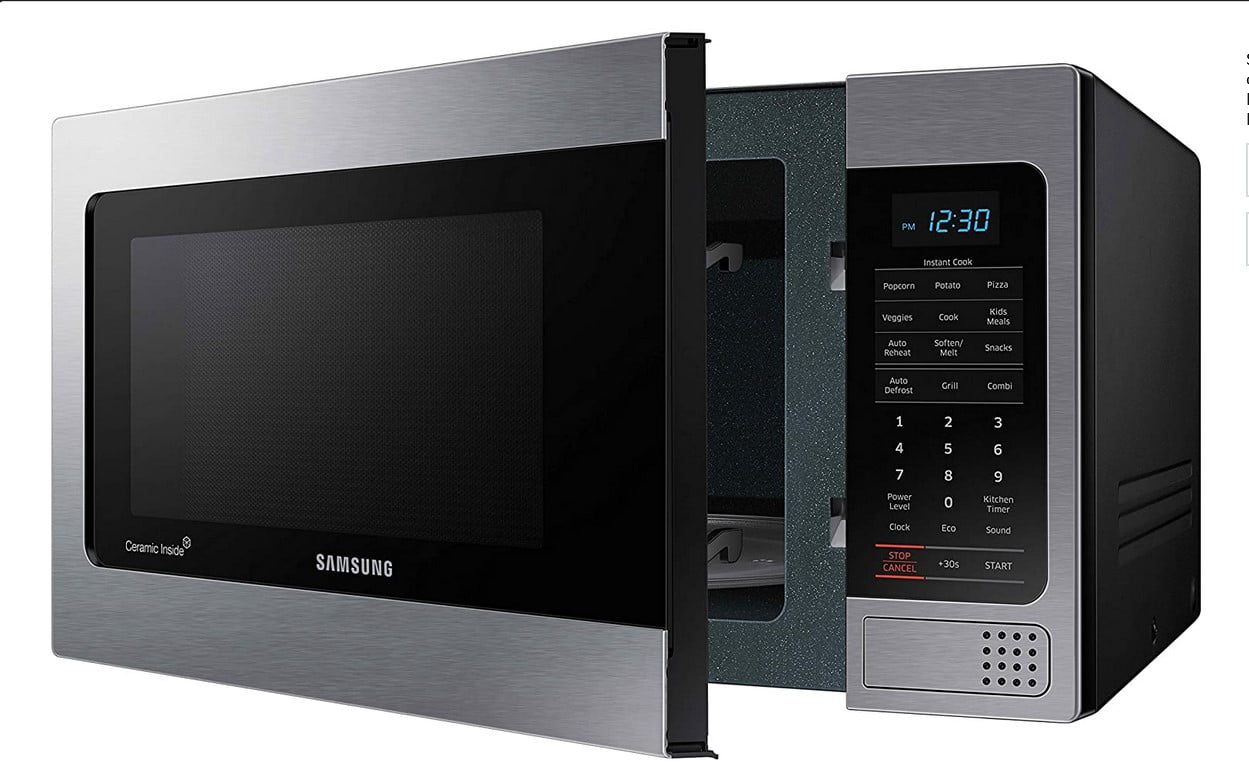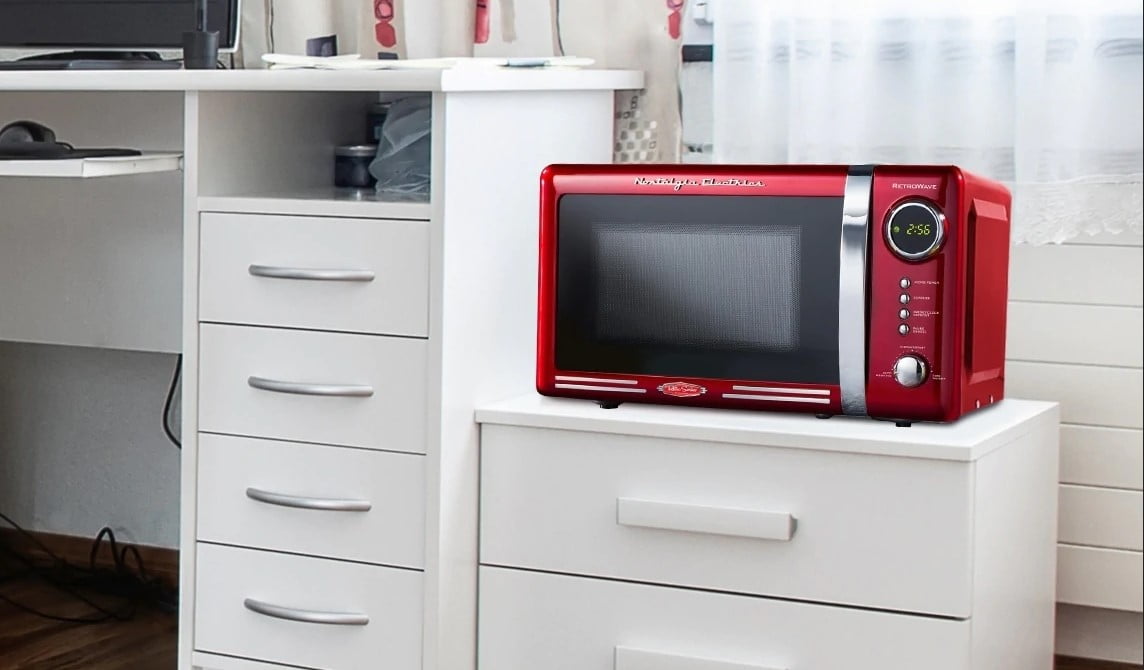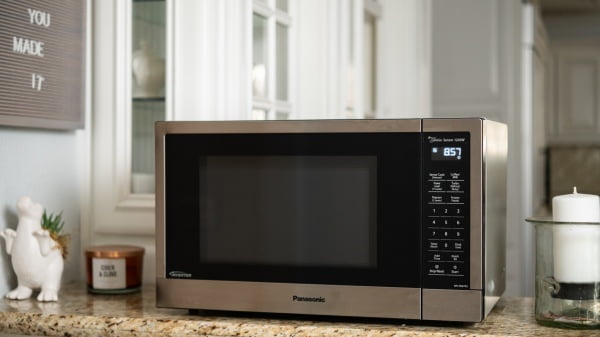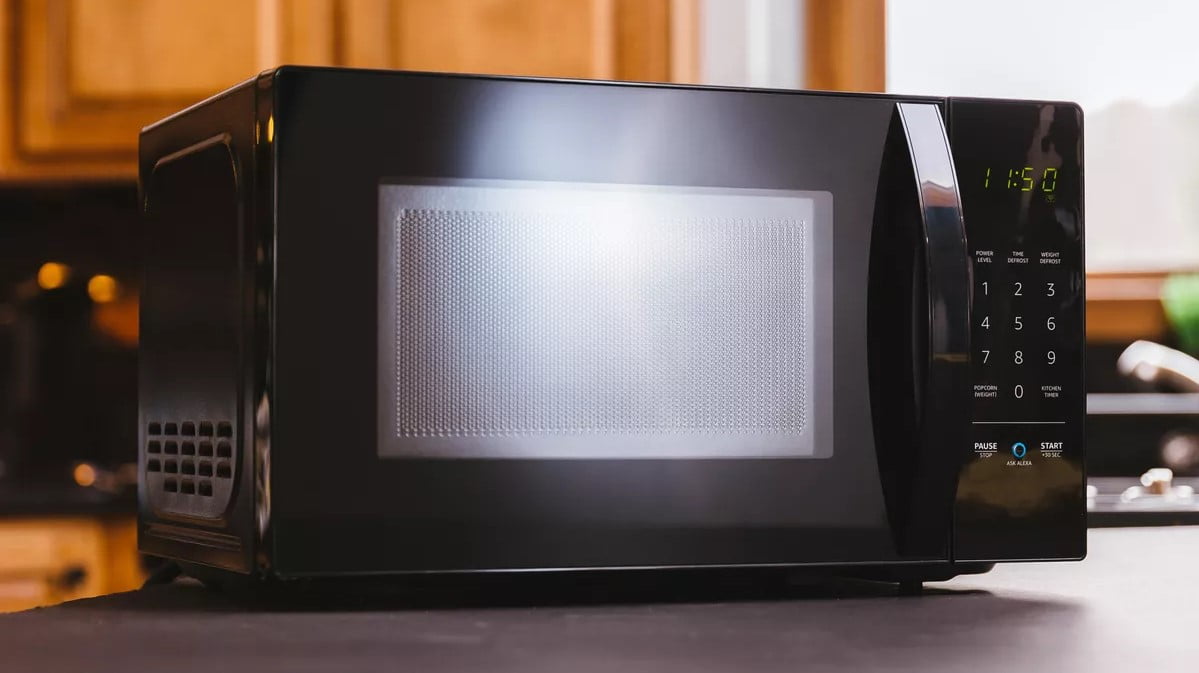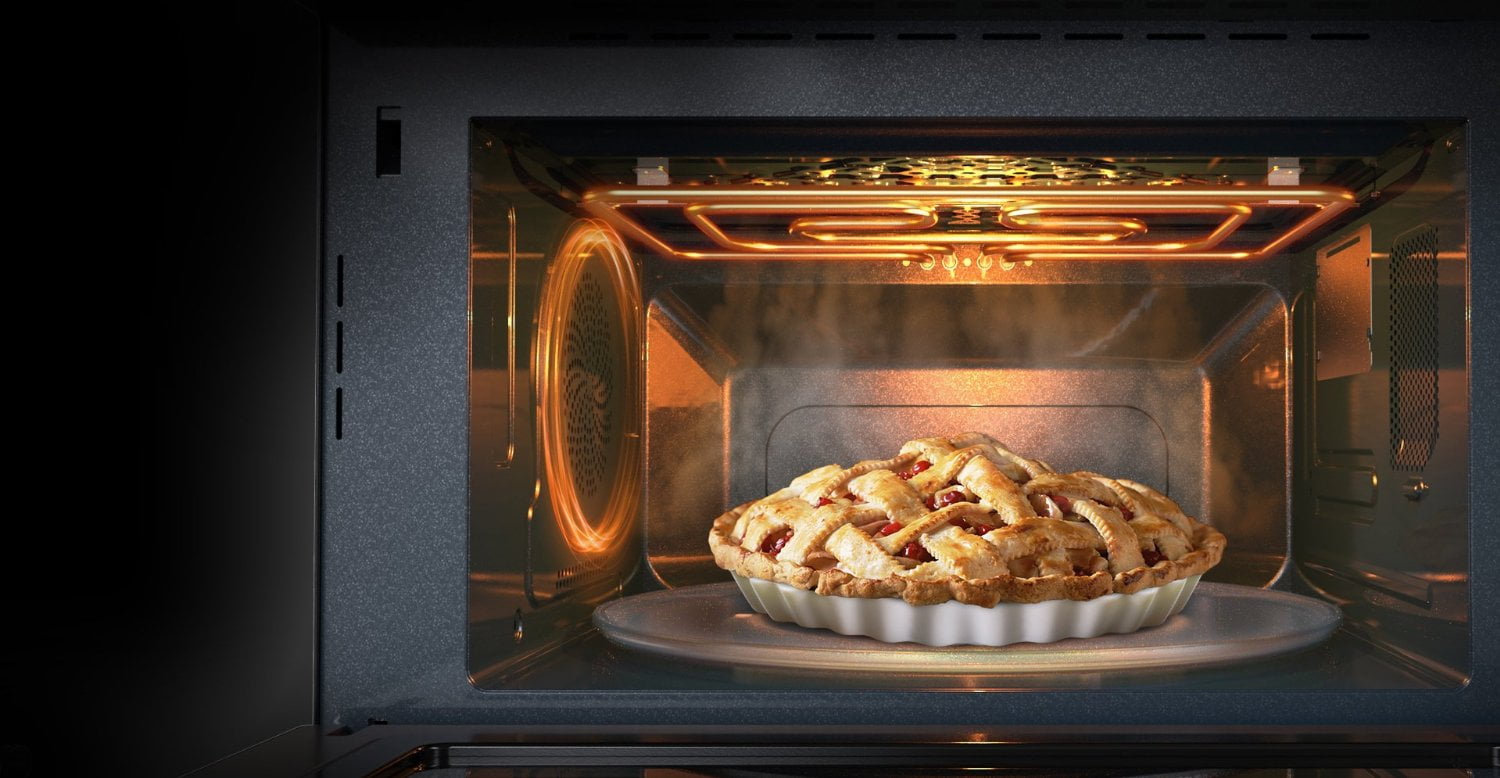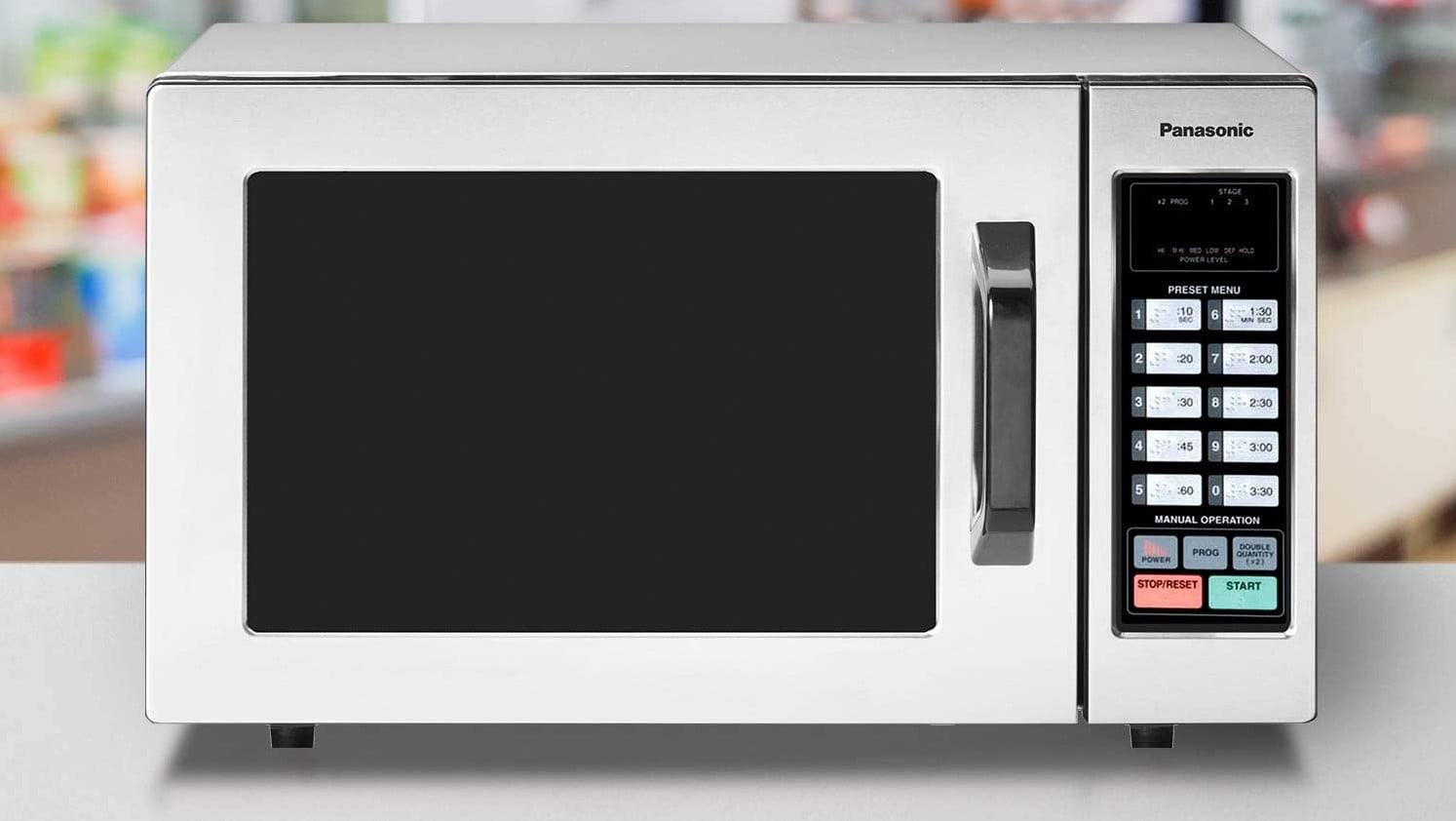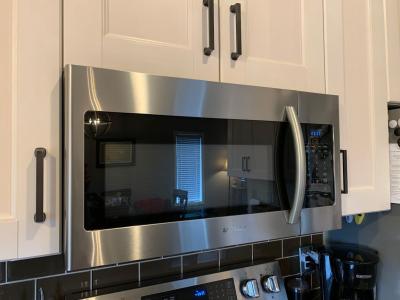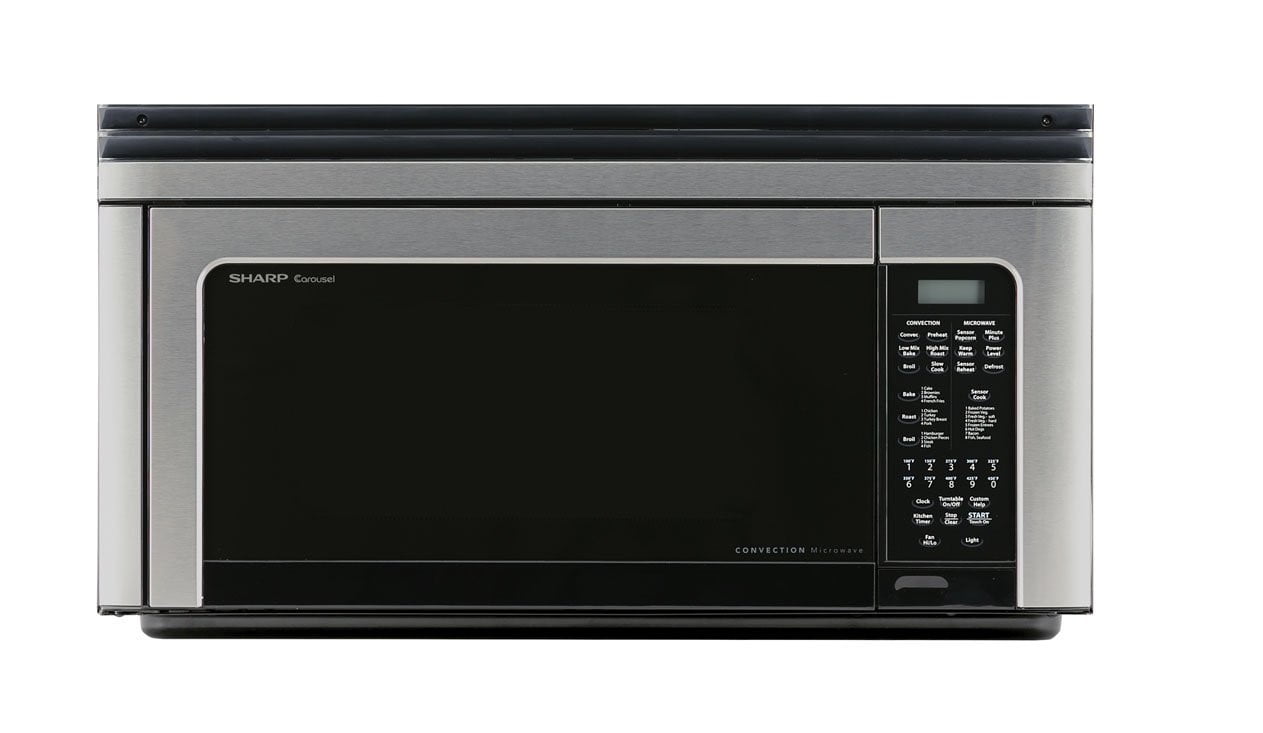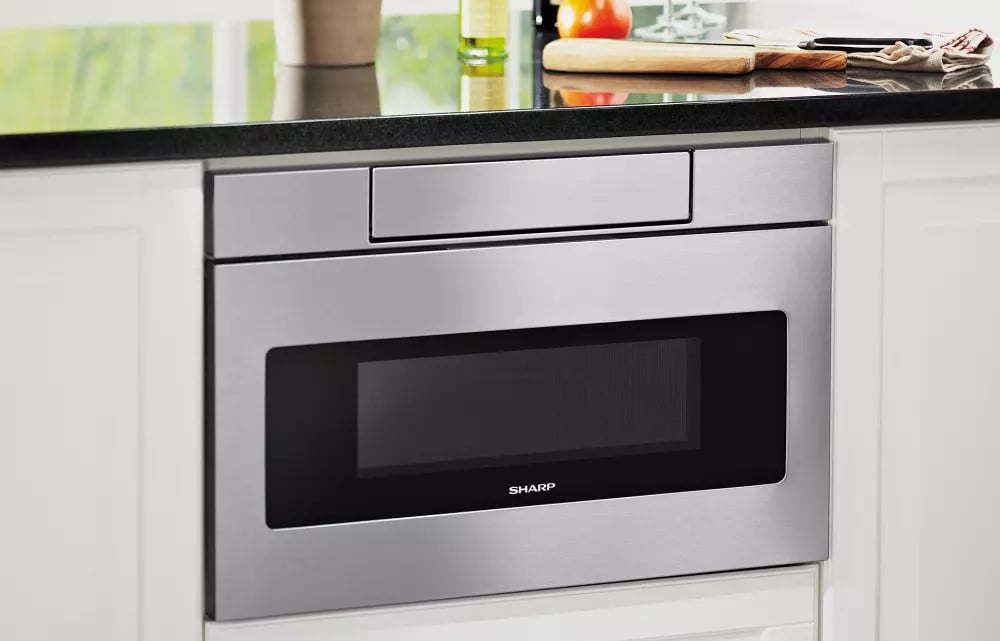If you’re attempting any repairs on a microwave oven, knowing how to discharge a microwave capacitor is a must beforehand for safety reasons. Even the best microwave ovens are capable of delivering dangerous shocks and being damaged if not properly discharged, so it’s an absolutely essential part of your DIY repair skill set.
KEY TAKEAWAYS:
- Never attempt any DIY repairs on a microwave oven without properly discharging it first to avoid a dangerous shock.
- Rubberized tools and gloves will help prevent receiving a shock during the discharge process and are a must.
- Even if all proper care is taken to protect yourself against shock, discharging the capacitor can still potentially cause damage to other components if not done properly.
What a High Voltage Capacitor Does
The high-voltage capacitor or voltage microwave capacitor is a device in a microwave that provides additional voltage to the magnetron (which is responsible for outputting the actual microwaves) because magnetrons require at least 240V as opposed to the standard 120V most home power sources provide to an appliance and is sometimes the culprit when the microwave is not heating food.
Insider Tip
You don’t need a specialized tool to perform a discharge, although capacitor discharge pens are available.
It will store large amounts of electricity much like a battery holds a charge even when it’s unplugged, and that power must be released safely before any microwave repair, such as fixing or replacing a magnetron or it can cause a potentially fatal shock and damage other microwave components.
How to Discharge A Microwave’s Capacitor
First, you’ll need to following tools:
- One flat head screwdriver with rubberized, insulated handles- a torque screwdriver is helpful but not necessary
- Rubberized work gloves
- Needle Nose Pliers with rubberized handles
The capacitor is discharged by causing a short circuit between each capacitor terminal and the capacitor’s metal chassis. It’s advised to thoroughly read all the steps before beginning. Once you’ve unplugged the microwave from its power supply and dissembled the oven to get to the capacitor, make sure you’re wearing your rubber gloves and:
- Pick the first tool you’ll need; exposed terminal screws mean you can place a flat head insulated screwdriver across both terminals simultaneously- you may see a spark when you do this, that’s normal. If the terminal screws are recessed behind tubing, you’ll be using the needle-nose pliers.
- If you can use the screwdriver, place the tip or body so it touches both terminals simultaneously. If you need to use the pliers, open the plier’s nose and place one-half of it into each terminal.
- Wait at least 5 seconds and remove the tool. Again, you may see a large spark or hear a fizzling sound. Once you’ve done this, you’ve successfully discharged the capacitor.
Warning
Make sure all your tools including your gloves are rubberized before attempting a capacitor discharge, or you risk a serious shock.
F.A.Q.S
How much power is in a microwave’s high voltage capacitor?
The capacitor will store between .95 and 1.00 microFarads (the energy rating capacitors use) even when the oven is unplugged. It takes the standard 120 volts from your home power outlet and amplifies it to the 1000-3000 volts needed to power the magnetron and heat your food.
Can a microwave capacitor hurt you?
Any electricity is potentially dangerous to humans, and a capacitor stores electricity for long periods of time even when not attached to an outlet, amplifying that power greatly beyond the standard 120V in conjunction with a resistor and diode. Improper handling of a capacitor is highly dangerous.
Is there a dedicated capacitor discharge tool available?
Though you can use a rubberized screwdriver or pliers, specialized capacitor-discharge pens are available and can make it easier to do the job, as long as the pen is rated within the capacitor’s voltage. Additionally, having access to a multimeter can help in troubleshooting.
STAT: From 1990 to 2010, microwave-related injuries increased 95%. (source)
STAT: It’s estimated that there are about 6,600 home fires started by microwave ovens every year. (source)
STAT: Contrary to popular belief, microwave ovens do not, in fact, cook food from the inside out. (source)
REFERENCES:
- https://en.wikipedia.org/wiki/Capacitor
- https://www.ncbi.nlm.nih.gov/pmc/articles/PMC7957665/
- https://www.youtube.com/watch?v=VzQm59tVjPg&ab_channel=MiketheScrapperr
- https://www.youtube.com/watch?v=3L-_ROmtLUo&ab_channel=Mr.FixIt360
- https://pubs.acs.org/doi/10.1021/acsomega.0c06171
- https://en.wikipedia.org/wiki/Microwave_oven

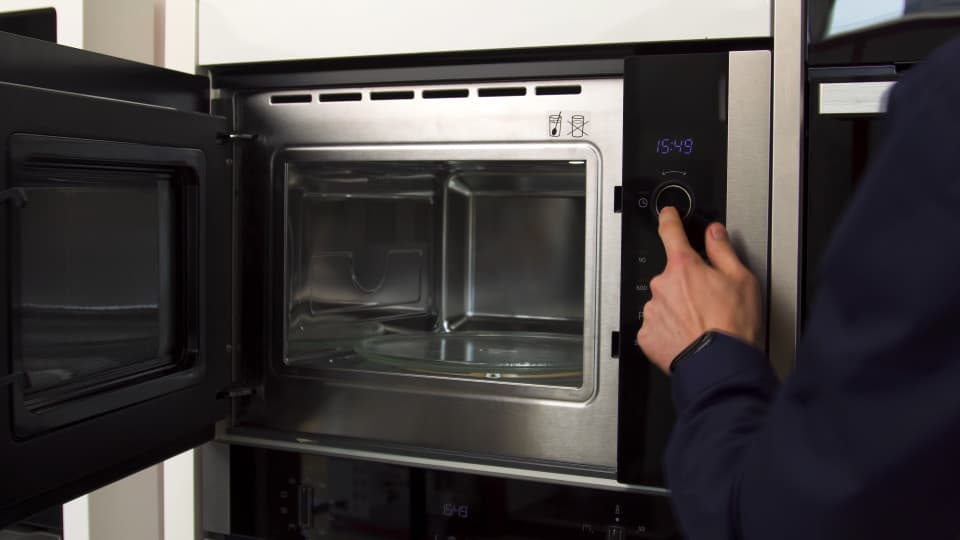













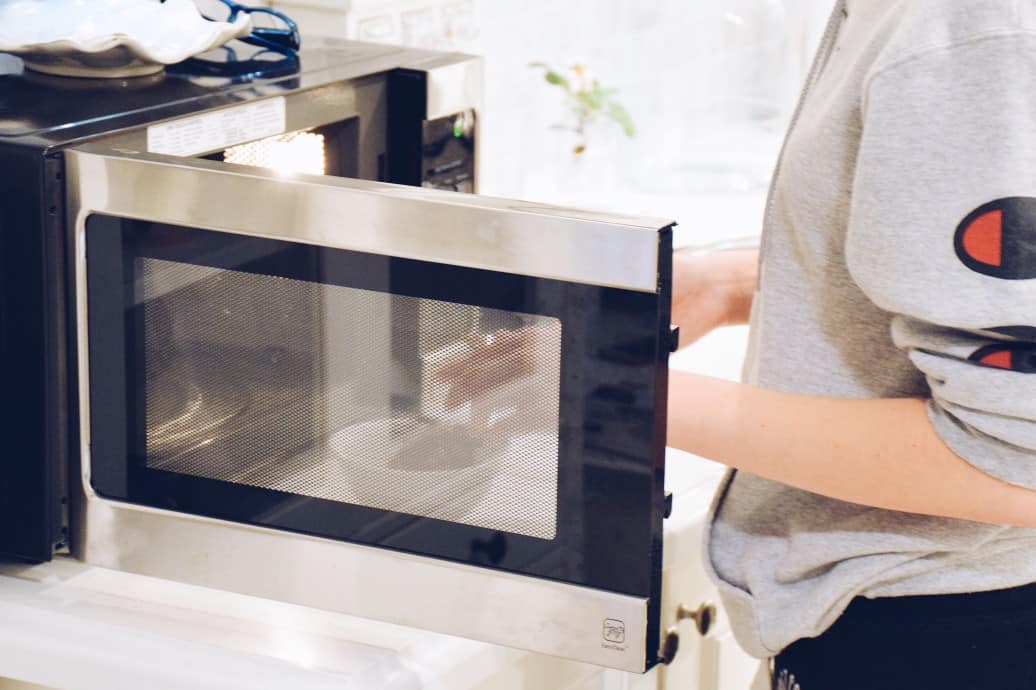
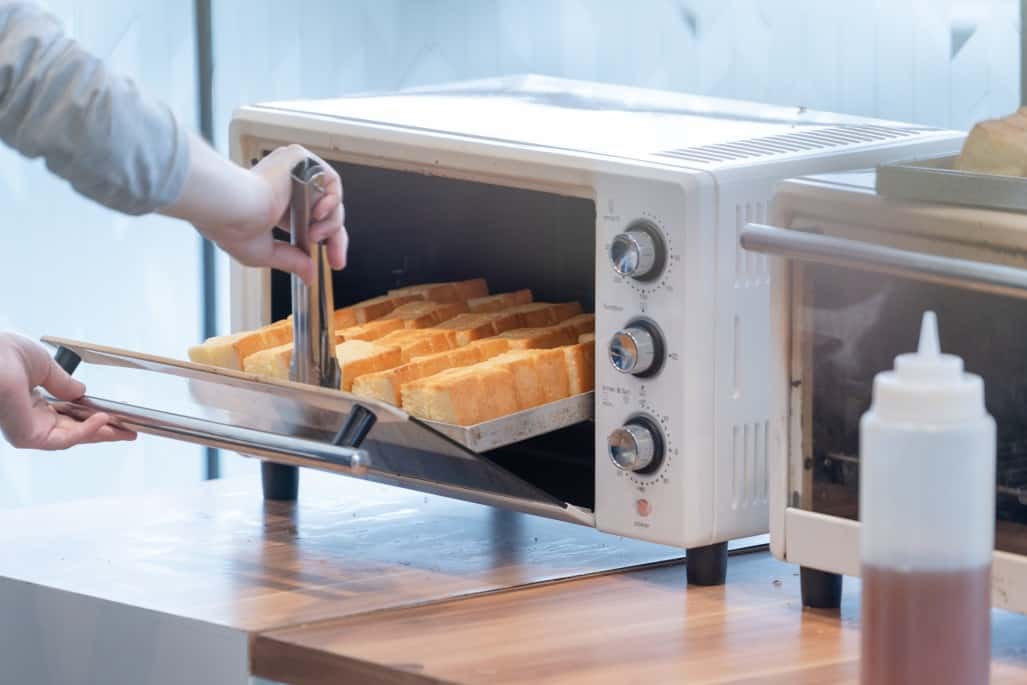
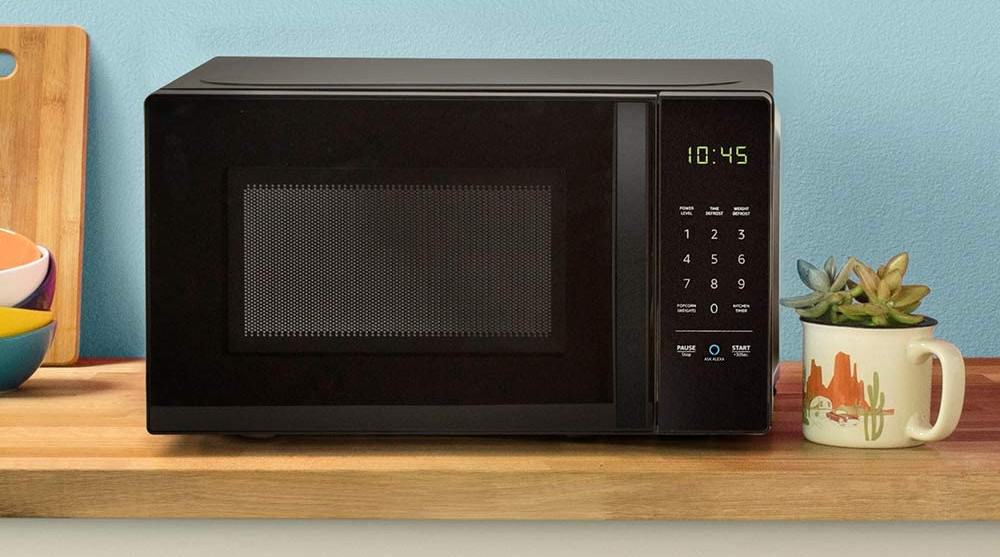

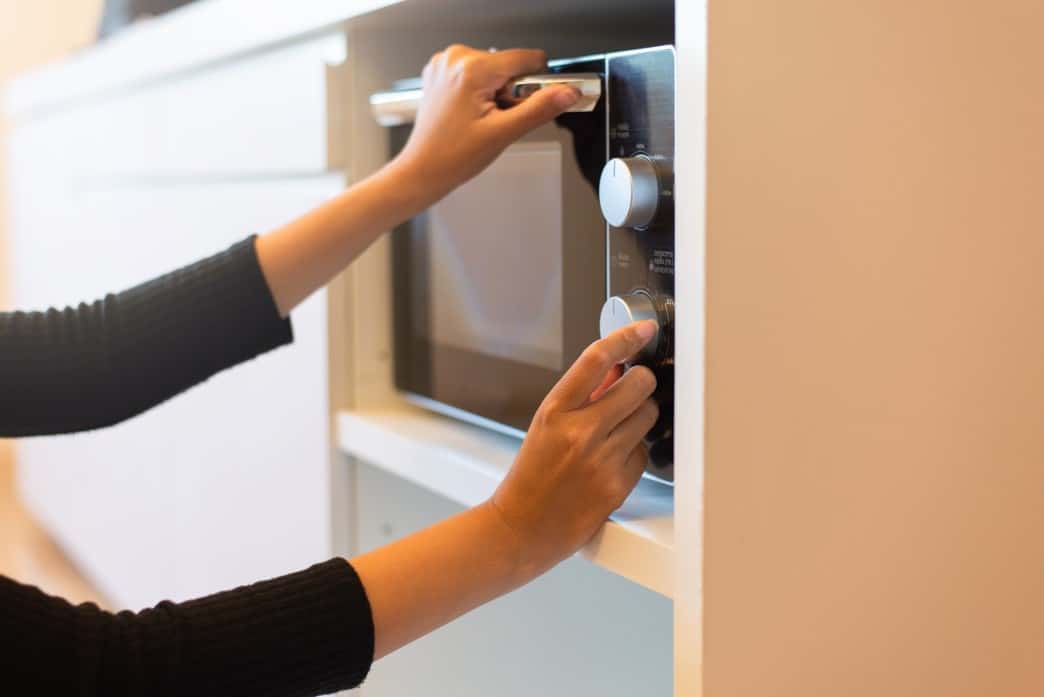
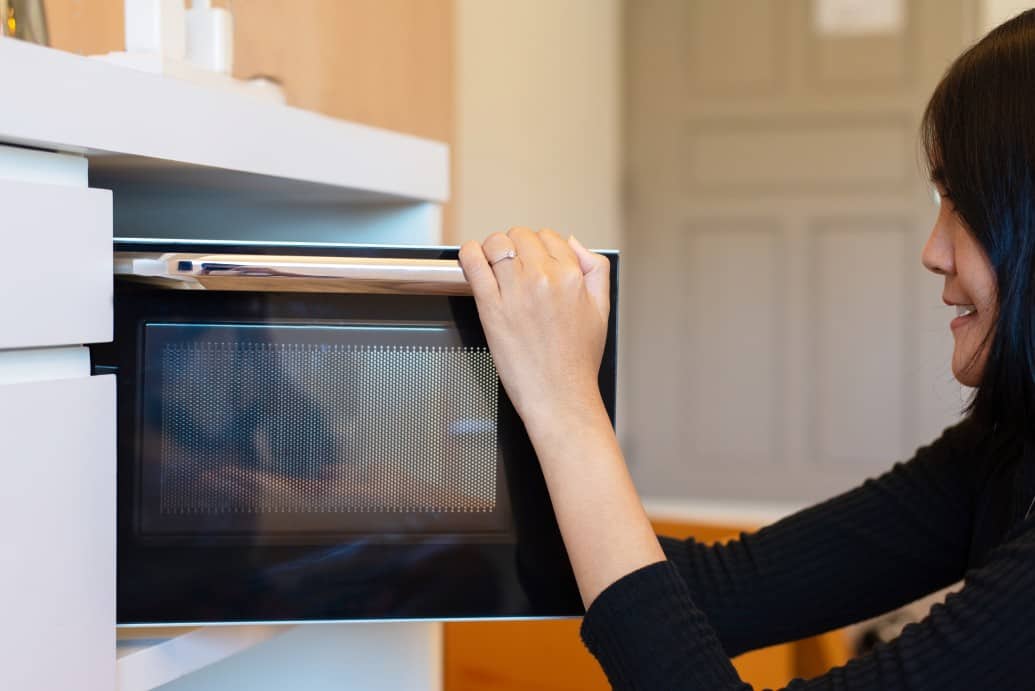
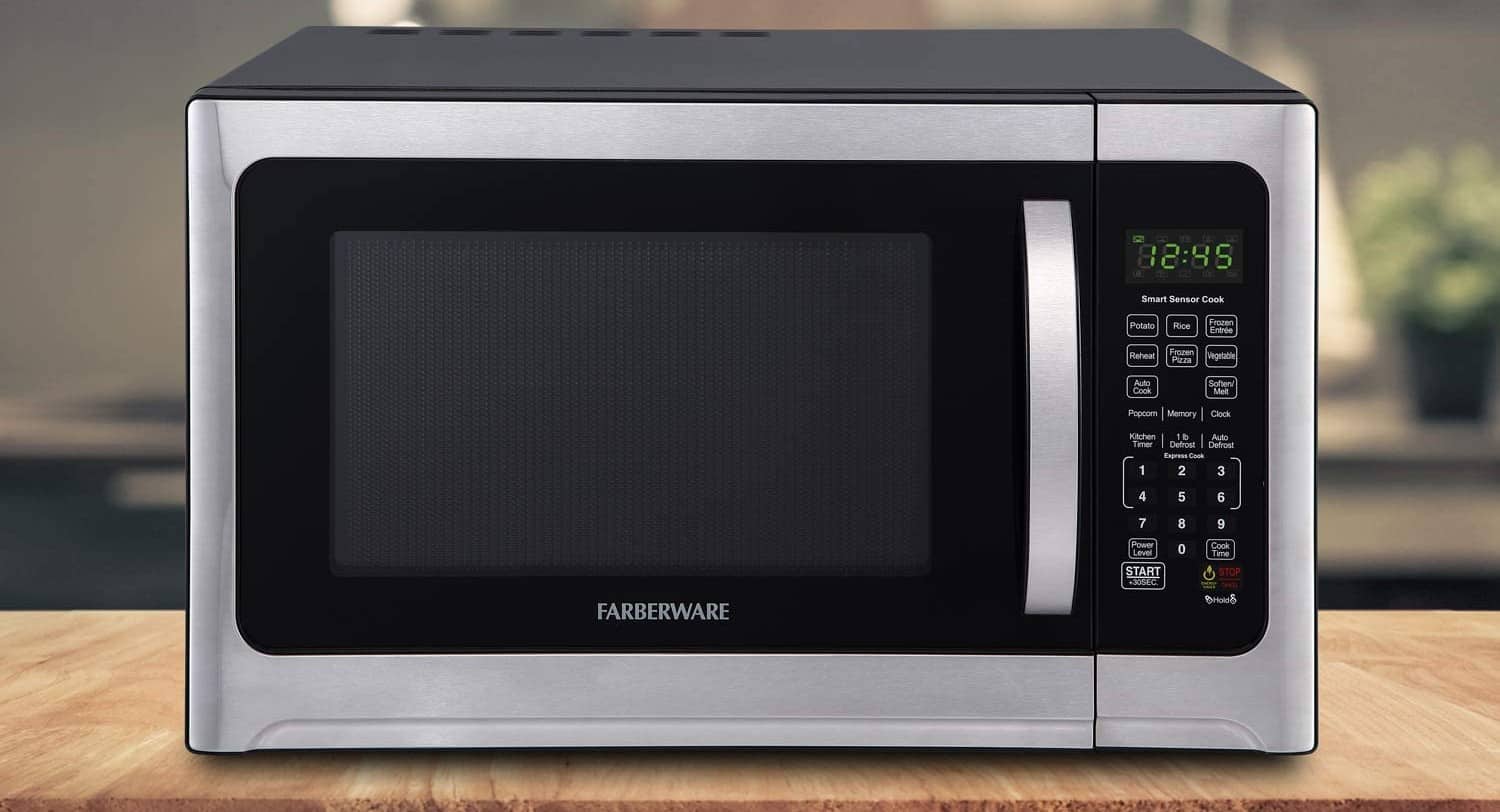
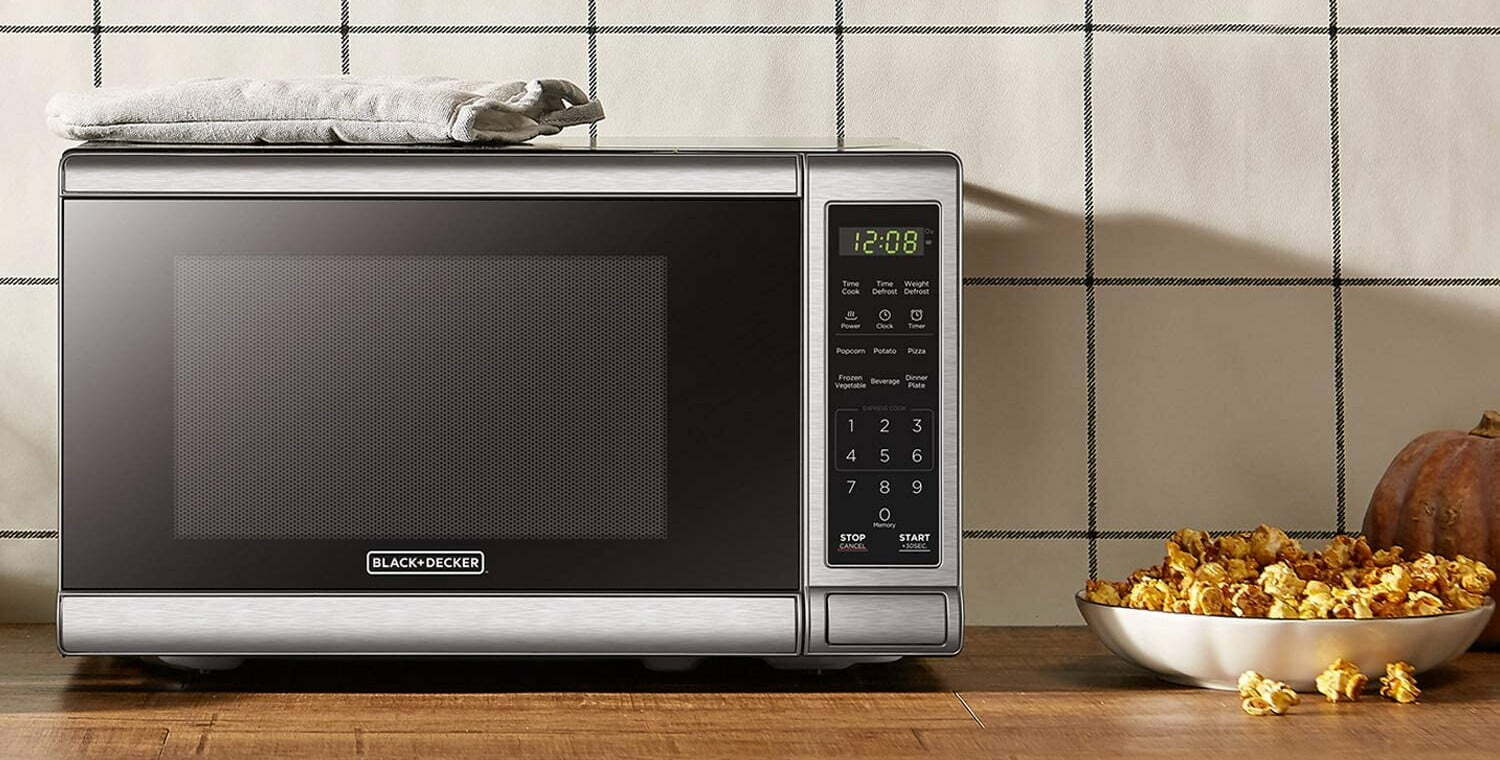
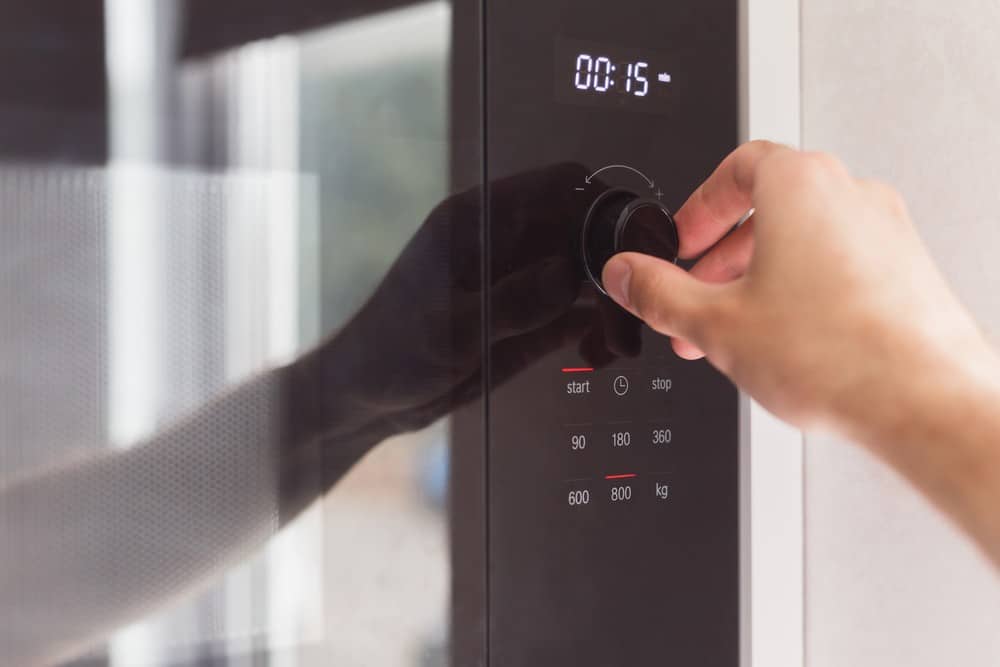
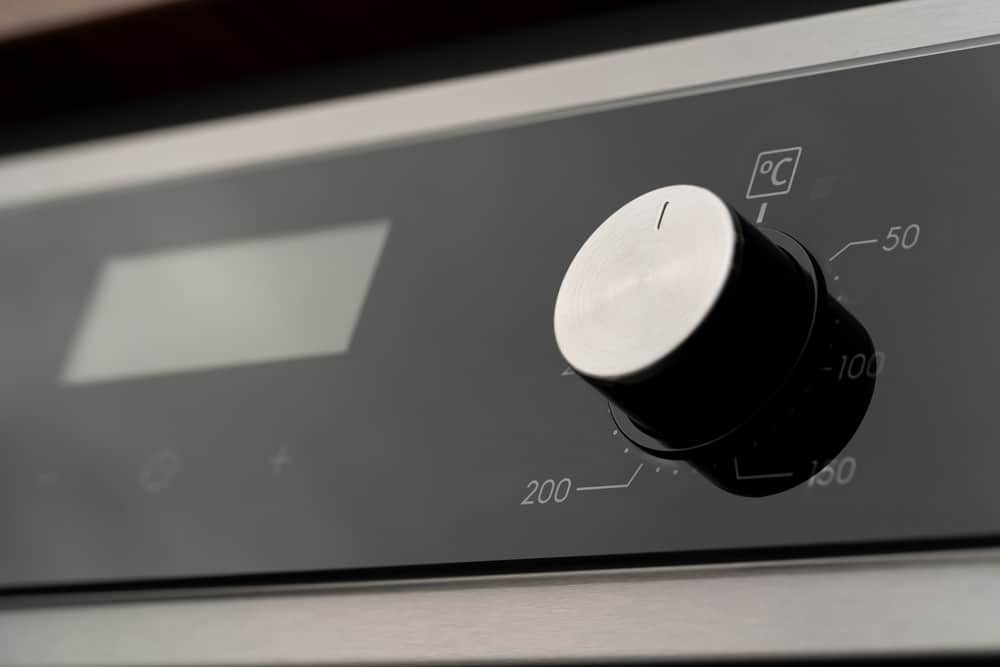
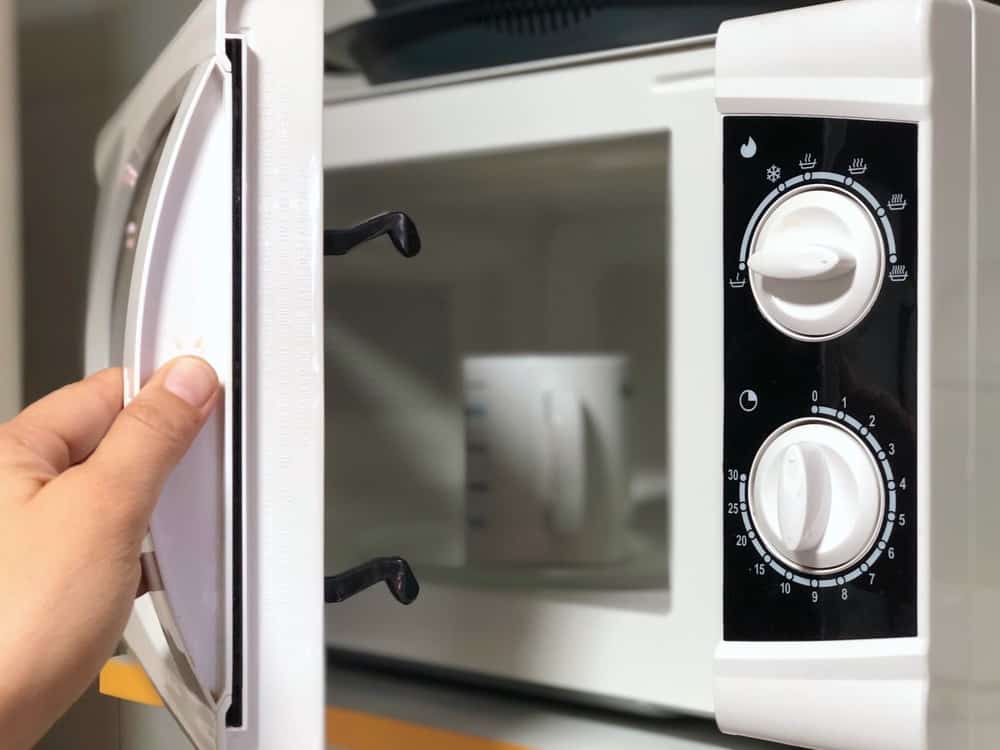

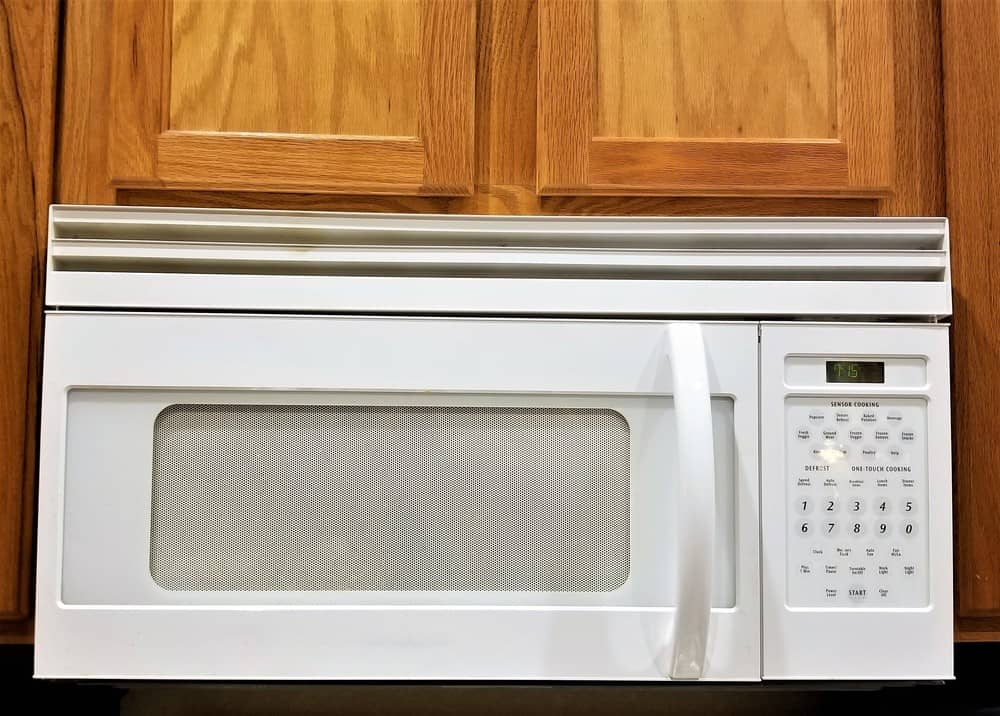
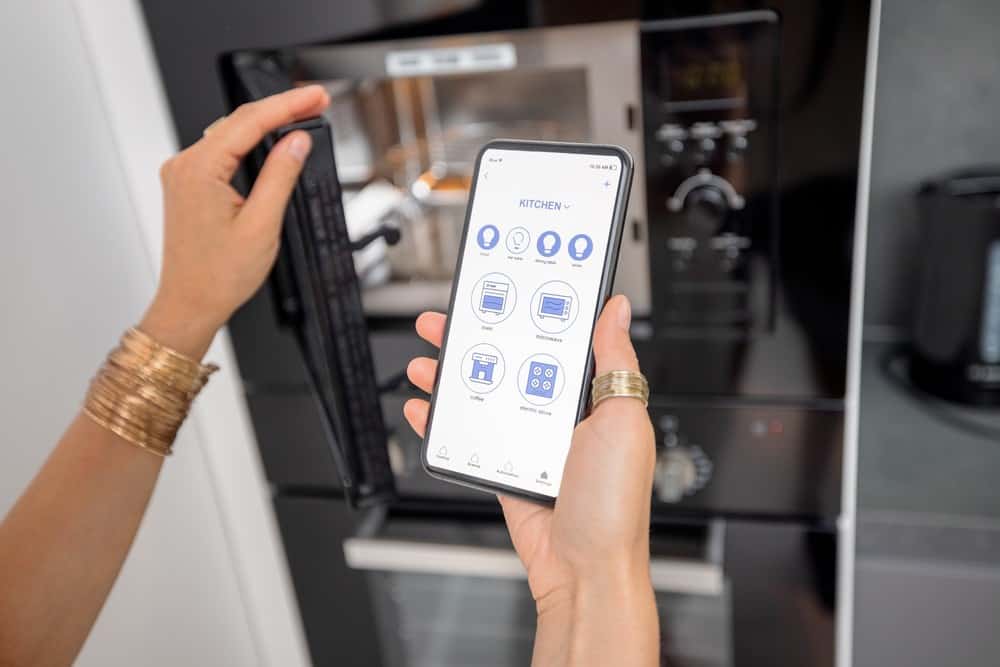

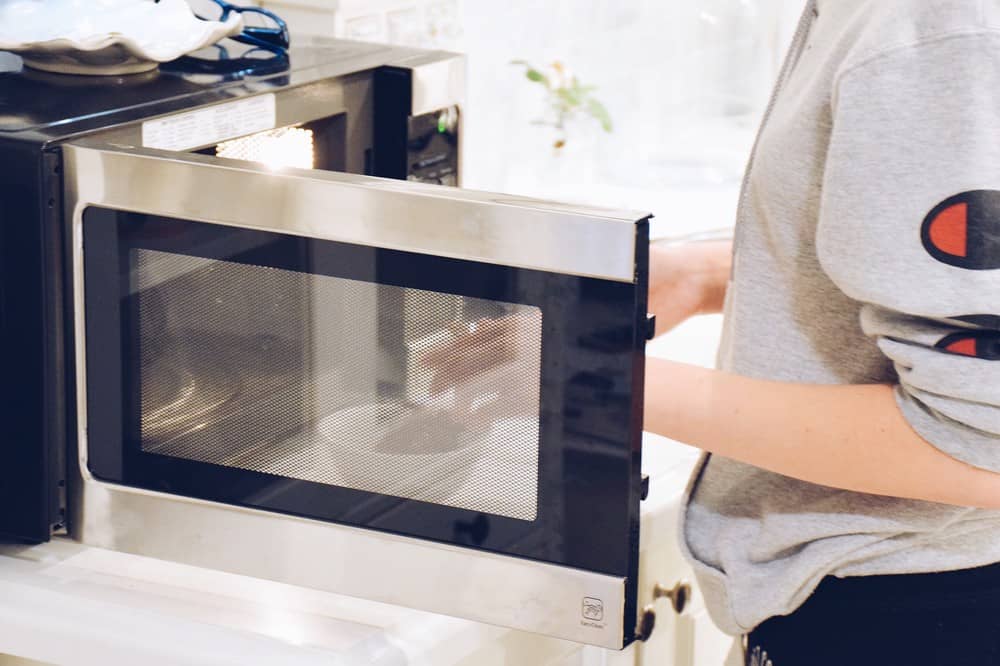

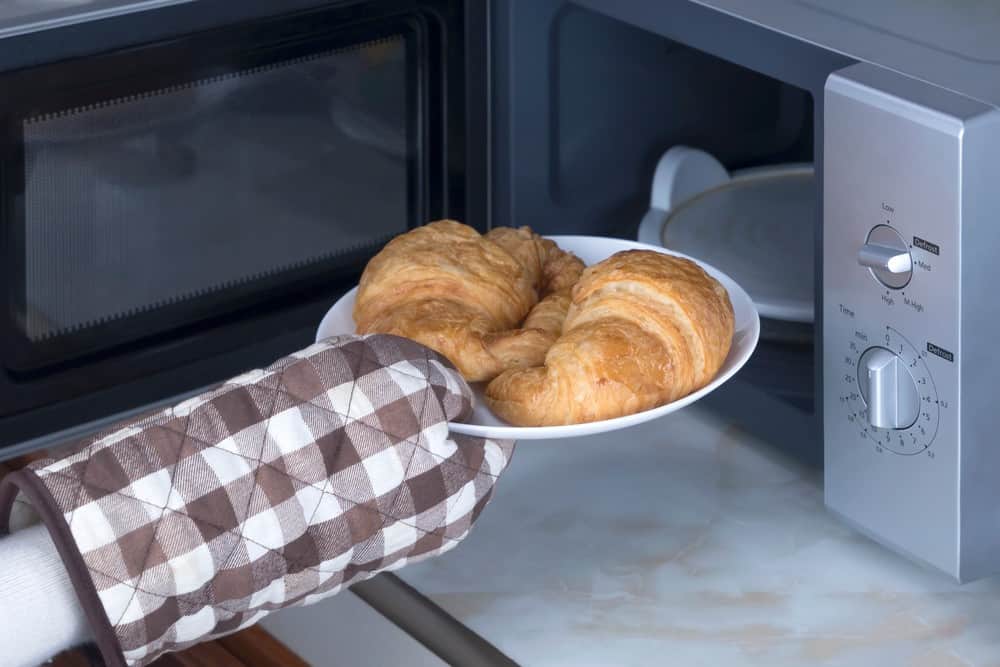
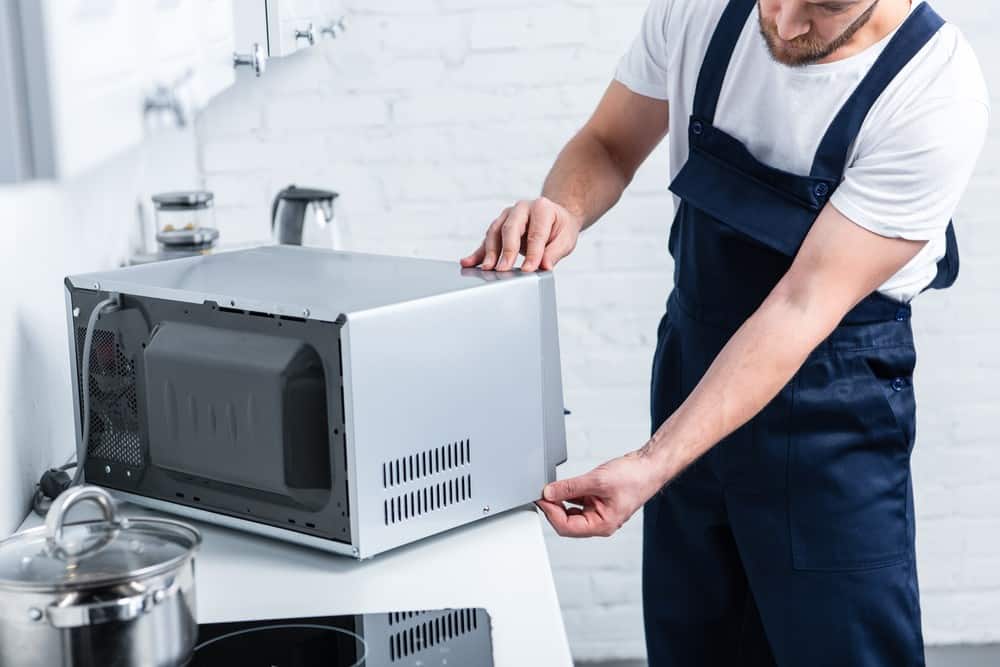
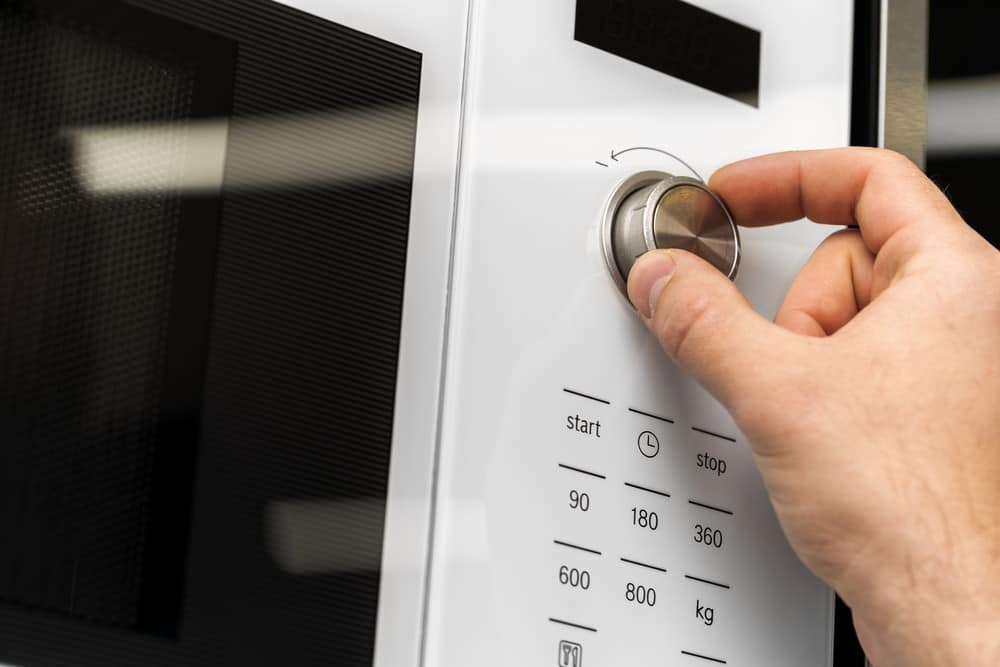
![Best Kitchen Appliances in [year] ([month] Reviews) 27 Best Kitchen Appliances in 2025 (December Reviews)](https://www.gadgetreview.dev/wp-content/uploads/best-kitchen-appliances.jpg)
![Best Whirlpool Microwaves in [year] 28 Best Whirlpool Microwaves in 2025](https://www.gadgetreview.dev/wp-content/uploads/best-whirlpool-microwaves-image.jpg)
![Best Microwave Drawers in [year] 29 Best Microwave Drawers in 2025](https://www.gadgetreview.dev/wp-content/uploads/best-microwave-drawer-image.jpg)
![Best Quiet Microwaves in [year] 30 Best Quiet Microwaves in 2025](https://www.gadgetreview.dev/wp-content/uploads/best-quiet-microwave-image.jpg)
![Best LG Microwaves in [year] 31 Best LG Microwaves in 2025](https://www.gadgetreview.dev/wp-content/uploads/best-lg-microwaves-image.jpg)
![Best Microwaves in [year] ([month] Reviews) 32 Best Microwaves in 2025 (December Reviews)](https://www.gadgetreview.dev/wp-content/uploads/best-microwaves-image.jpg)
![Best Over the Range Convection Microwaves in [year] 33 Best Over the Range Convection Microwaves in 2025](https://www.gadgetreview.dev/wp-content/uploads/best-over-the-range-convection-microwave-image.jpg)
![Best Retro Microwaves in [year] 34 Best Retro Microwaves in 2025](https://www.gadgetreview.dev/wp-content/uploads/best-retro-microwave-image.jpg)
![Best GE Microwaves in [year] 35 Best GE Microwaves in 2025](https://www.gadgetreview.dev/wp-content/uploads/best-ge-microwaves-image..jpg)
![10 Best Samsung Microwaves in [year] 36 10 Best Samsung Microwaves in 2025](https://www.gadgetreview.dev/wp-content/uploads/best-samsung-microwaves-image.jpg)
![10 Best Microwaves for Seniors in [year] 37 10 Best Microwaves for Seniors in 2025](https://www.gadgetreview.dev/wp-content/uploads/best-microwaves-seniors-image.jpg)
![10 Best Microwave Toaster Oven Combo in [year] 38 10 Best Microwave Toaster Oven Combo in 2025](https://www.gadgetreview.dev/wp-content/uploads/best-microwave-toaster-oven-combo-scaled-1.jpg)
![10 Best Panasonic Microwaves in [year] 39 10 Best Panasonic Microwaves in 2025](https://www.gadgetreview.dev/wp-content/uploads/best-panasonic-microwaves.jpg)
![10 Best Microwaves for College Dorms in [year] 40 10 Best Microwaves for College Dorms in 2025](https://www.gadgetreview.dev/wp-content/uploads/best-microwaves-for-college-dorms.jpg)
![10 Best Compact Microwaves in [year] 41 10 Best Compact Microwaves in 2025](https://www.gadgetreview.dev/wp-content/uploads/best-compact-microwave-image.jpg)
![10 Best Convection Microwave Ovens in [year] 42 10 Best Convection Microwave Ovens in 2025](https://www.gadgetreview.dev/wp-content/uploads/best-convection-microwave-oven-image.jpg)
![10 Best Built In Microwaves in [year] 43 10 Best Built In Microwaves in 2025](https://www.gadgetreview.dev/wp-content/uploads/best-built-in-microwave-image.jpg)
